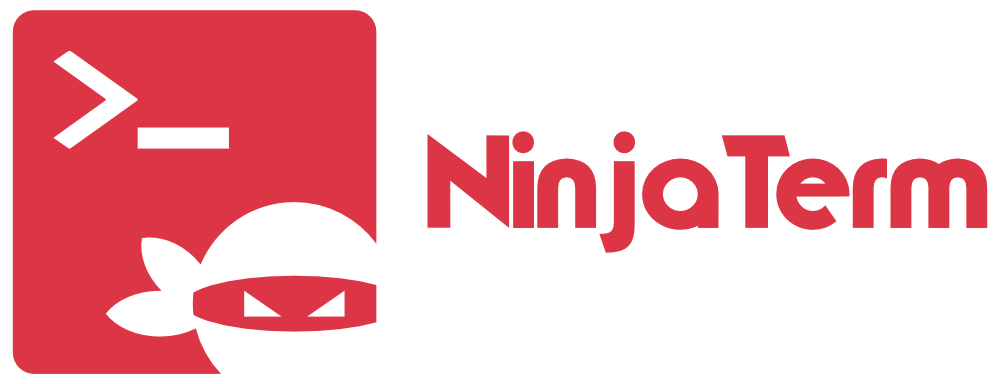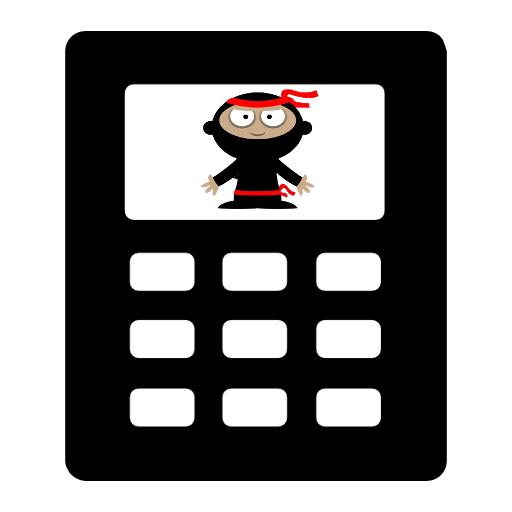Digital Logic
Article by:Geoffrey Hunter
| Date Published: | |
| Last Modified: |
Child Pages
Overview
Digital logic is the study and application of the fundamentals in digital (binary) electronics, e.g. gates, flip-flops, state machines.
See the Gates page for info on how NOT, AND, OR, NOR, and NAND gates work, what they are used for,
See the Latches and Flip-Flops page for more information on how circuit “memory” can be made and how level-triggered latches and edge-triggered flip-flops work.
Authors

This work is licensed under a Creative Commons Attribution 4.0 International License .



